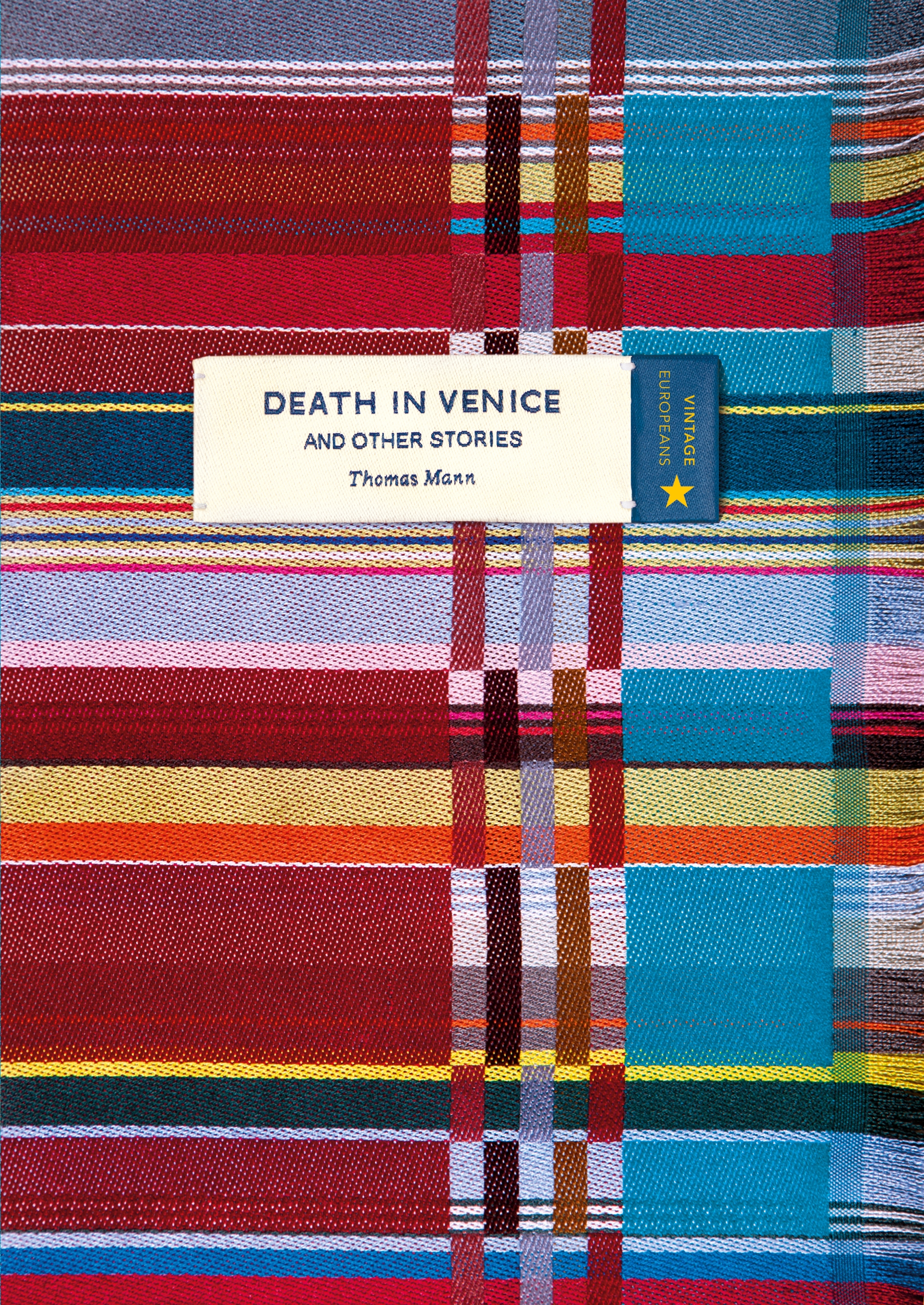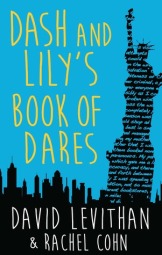
Talk about spicy translators!
This edition of Death in Venice and Other Stories starts with a 50-page-long introduction by the translator. And talk about spilling the tea on previous translators! But, despite the questionably relevant comments on previous translations, David Luke‘s introduction was rather insightful with regards to possible interpretations of the author’s stories.
Thomas Mann’s work is full of auto-biographical strokes. His father was a German business owner and city senator, while his mother was of German and Portuguese-Brazilian origin. The mother grew up in Brazil and was later sent to Germany by her father to get an education there. Mann’s references to his parents are present in several of his works, due to their strong influence on the author. The exotic musical mother helped him develop his artistic side, and the bourgeois father taught him discipline and hard work. These two different approaches to life resulted in a life-defining conflict for Mann: that between art and a bourgeois structure. This is a chasm that the author frequently explores in his stories, such as in Tonio Kröger.
Having his family’s fortune available to him after his father’s death, Mann never truly devoted himself to his occasional, more “traditional” jobs. Instead, he quickly devoted himself to his literary interests. For a long time, Mann questioned his own contribution to society, given his situation of working as a writer and living off his inheritance. These doubts are the core of his short story, The Joker.
Mann struggled throughout his life, forced to hide his sexual orientation as homosexuality was highly condemned at the time. His hidden romantic desires and encounters were recorded in his diaries, which he went through a lot of trouble to keep secret during his life and which publication he timed for 100 years after his birth. Mann feared his work might lose public interest after his death and he counted on the revelation brought by the diaries to revive this interest. His predictions were correct, as the discovery of Mann’s homosexual nature shed new light on his works and led many to take on the endeavour of re-interpreting these.
In his extensive writing on the author, Mundt mentions that the content of Mann’s diaries represents “an appeal against sexual repression, a call for acceptance of difference, for tolerance and for humanity”. Having led a life of secrecy and inhibition, Mann was more than familiar with the theme of forbidden love. This is the subject matter of many of his works, such as Little Herr Friedemann, Tonio Kröger, and Death in Venice. His characters often love from afar beautiful youngsters that do not share the main character’s interests – this is particularly noticeable in Tonio Kröger. I personally found very intriguing this fascination of the complex character that is Tonio for Hans and Ingeborg, who he considered to lead plainer and, therefore, happier lives. Even more so when an older Tonio in a conversation with Lisaveta alienates himself from this bourgeois normality and slightly ostentatiously highlights the important role of the erudite artist.
I dived into this book expecting it to be a dense read. However, I was pleasantly surprised to find Mann’s writing quite accessible! Except for two passages, one in Gladius Dei and one in Tonio Kröger, which I had to reread to fully understand the author’s message, the book is crafted in a beautiful and accessible manner. Mann knew well how to guide the reader through the story balancing elegant descriptions with a moderate action pace. This collection of short stories is quite delightful and my only regret about it is not having read Tristan and Isolde yet, as I feel that this did not allow me to enjoy Mann’s short story Tristan to the fullest.
There are two short stories I’d like to discuss more in detail (having already ramble enough about Tonio Kröger by now): Death in Venice and The Joker.
DEATH IN VENICE
I will focus my points on Mann’s multi-layered presentation of Aschenbach’s obsession with young Tadzio. Firstly and shortly, I think it was a nice touch to have the pandemic’s culmination happen simultaneously to the zenith of the unhealthy romantic obsession of the old writer.
Secondly, the mixed feelings that this story provokes in the reader: I couldn’t help but feel disgusted with the situation, but also feel pity for Aschenbach and curious to see how the story would unfold.
The writer is absolutely blown away by the beauty of young Tadzio which causes an internal conflict in the main character, as Aschenbach positions himself as a man who values intellect over all else. This touches upon the already familiar debate on what constitutes art. Never actually getting to know the boy, Tadzio becomes more of an ideal than a real palpable human being. Tadzio represents aesthetic perfection. And Aschenbach becomes so obsessed with it that he desperately attempts to recover his own beauty and youthfulness by dying his hair and using an exaggerated amount of make-up. This transformation of Aschenbach’s character from a ponderate intellectual to a desperate romantic is fascinating.
Death in Venice is an uncomfortable yet gripping story that confronts the reader with feelings of obsession, inhibition, sympathy and decadence.
THE JOKER
I feel like the The Joker is an often undervalued tale of Mann’s. There are two topics that this stories delves into which were very personal to the author and I still find to be very relevant today.
Firstly, the topic of work. Much like Mann, the joker lives off his family fortune while leading a life of leisure. Such a life, with little work, is typically idealised but in this story we learn what other implications it might have. When the joker meets other characters who are part of the bourgeoisie, he is left questioning the usefulness of his life and his contribution to society. Due to his lifestyle, the joker spends most of his time by himself and this loneliness leads to a lack of identity – he feels lost, without structure. The role of work and leisure and how these shape our identity has remained an important topic until our days.
Secondly, the debate between an artistic existence and a bourgeois lifestyle – which stems from Mann’s relationship with his parents, as mentioned before. The joker falls for a blissful aristocratic lady and, while pursuing this passion, he is comforted with an internal dilemma. The main character preaches against the tedious bourgeois lifestyle but he now finds himself fascinated by these blissfully happy souls who are well-integrated in society. His choice of an artistic and creative life no longer seems exciting but rather embarrassing. The previously “unimaginative people” now seem like appealing happy souls to the joker.
This short story does not give the reader a straightforward answer. Rather it helps us ponder what it means, what value it brings and what costs it has to be integrated in society.
(References: David Luke’s introduction to the Vintage European’s “Death in Venice and Other Stories” edition and Hannelore Mundt’s “Understanding Thomas Mann”)

 Oh, how I’m glad for contextual essays and supporting material!
Oh, how I’m glad for contextual essays and supporting material!



